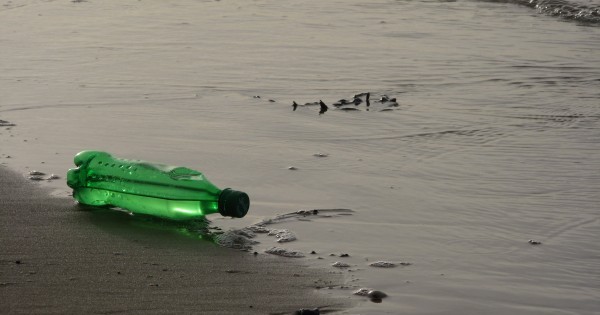
We are all part ocean. That’s how connected we are to the sea. Even folks who live in the Midwest are part ocean. We are briny beings. Our bodies make much of salty water, sea water, saline solution. Besides being part-sea, we come from the sea. Life on earth, I mean, began in the ocean—as aggregating organic molecules, some 3.4 to 3.8 billion years ago.
Only one ocean exists on Earth, as you can see for yourself if you look at a world map flat. Every named ocean is connected to every other named ocean. Earth is more water than land. (Ocean covers about 70 percent of our planet.)
Abyss comes from a Greek word meaning bottomless. The benthic (sea-bottom) deeps are so deep they might as well be bottomless. Even though today the ocean is no longer fathomless, no longer immeasurable, mystery remains. I mean mystery in the sense of awe-evoking. Facts and figures, measurements, understandings painstakingly worked out from a plethora of data—none of this cancels the mystery of the sea at night washing the shore, washing the shore, washing the shore.
The ocean teems with life. Some 2,700 scientists from 80 nations working collaboratively as the Census of Marine Life have been assembling an underwater census for the past decade. They found more than 6,000 potentially new species, and elevated the estimate of known marine species to 250,000. Even today, the unknown far exceeds the known. It would not be surprising, they say, to find a million different species living in the sea.
The bad news: acidification. Burning fossil fuels puts excess carbon dioxide in the air, some of which the ocean absorbs and makes into carbonic acid, the fizz of soda pop. Shellfish are thus deprived of carbonate ions and can’t build good shell.
More bad news: plastic pollution. According to the Plastic Pollution Coalition, hundreds of millions of metric tons of plastic debris now float in the ocean. Every year, more tons of plastic end up in the ocean, most of it from the land. Who has not shuddered at the image of an albatross feeding her chicks bottle caps or a seal trying to extricate her pup from a plastic grocery bag? Who has not cringed at news of the Great Pacific Garbage Patch, where circular patterns of currents have formed a vortex of trash the size of Texas, not even counting the debris from Japan’s tsunami crossing the Pacific?
Contrary to popular opinion, plastic does not last forever. It dissolves. Dissolved plastic is much worse than trash plastic. Dissolved plastic puts toxic chemicals into the ocean, most particularly bisphenol A, used in plastic water bottles and the linings of aluminum cans, and styrene trimer, derivative of the polystyrene that is used to make plastic forks and spoons, Styrofoam, and DVD cases. Dissolved plastic is, as of right now, distributed throughout the earth’s ocean. The plastic particles are tiny; you cannot clean them up by picking them up. Disposable plastic—plastic bottles, plastic bags, and plastic styrofoam—is the worst culprit. Plastics industry people advocate recycling. Plastic pollution activists say recycling is not the answer because recycling deals with minuscule amounts of this monster mountain of trash and recycled plastic that goes into making more consumer items, also plastic. The answer they say, is to stop producing disposable plastic. Stop buying it. Refuse to use it. I am convinced. I will try.
Correction: An earlier version of this story cited the Plastic Pollution Coalition’s previous assertion that the ocean contains 600 billion metric tons of plastic debris. The coalition currently estimates that there are hundreds of millions of metric tons of plastic in the ocean.

